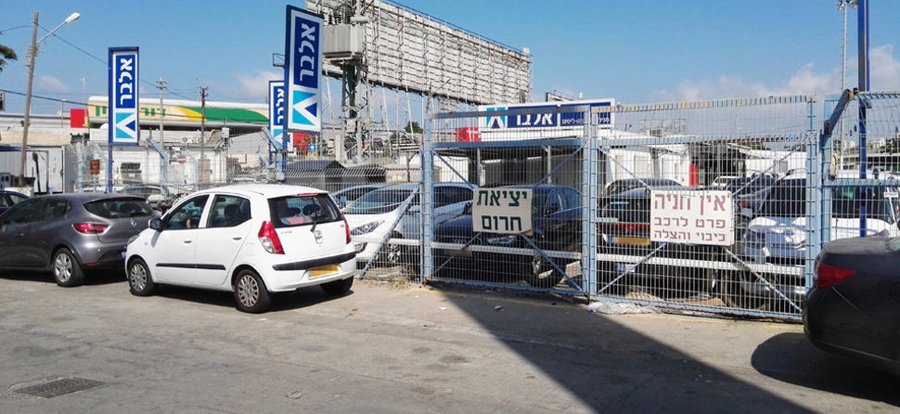Used car prices in Israel rising faster than real estate

With long waiting lists for new cars, the prices of used cars in Israel are on the rise. In normal circumstances, prices of used cars lose their value by about 10%-20% every year but not at the moment - used car prices are rising even faster than residential real estate.
In January 2021 the price of a 2020 Audi E-Tron was NIS 307,500 on the Yad2 used car sales list. But by the end of 2021, the price of such a second hand model had shot up to NIS 375,000. This phenomenon is not only effecting luxury cars. A Kia Niro hybrid 2021 model which was selling in January last year for 138,600 cost NIS 165,000 by the end of 2021.
"I don't ever remember such a situation," said Yad2 car price list department head Moti Anav.
Yad2's price list is based on data from 10,000 of the 80,000 ads that are placed every month on the website.
Anav said, "Until the Covid pandemic the annual fall in value on the used car market stayed within the 15%-19% range. This is also the target on which we estimated values at the end of 2020 towards 2021 and the expected change. During 2021, as the virus continued to spread, we understood that we were far from the target and the trend in prices had gone into reverse. The price of luxury cars like Audi, instead of falling 15% had risen 21% - and this wasn't only about specific models. In the executive car category used prices rose about 10% and with luxury car, we identified a rise of 11%, as with commercial cars too."
Since the 1980s the Levi Itzhak price list on which the used cars market is based has not seen a rise in prices. The current rise in prices of used cars is about 8% on average since August 2021. Levi Itzhak VP Mi-Ron Levi said, "This is an occurrence that we haven't seen since the hyper-inflation of the 1980s. Back then the price lists of used cars rose in the wake of new cars. Today demand exceeds supply, which has halted due to the pace of manufacturing, and is what is leading to this."
Levi stressed that this is a worldwide phenomenon and that in the US prices of used cars can be more expensive than new cars.
Trade-in company Trade Mobile CEO Sagiv Magar describes the market as messed up. "At the start of Covid there was complete panic and the industry went into stagnation from the manufacturers to importers and consumers. There was a feeling of Armageddon because we didn't know what was happening. Sales halted and the manufacturers at the head of the supply chain in the car industry stopped their production capacity. Factories were closed and at the same time demand for chips soared in the household products sector. This led to a huge shortage of chips. After that when the first lockdowns were lifted, there was a rise in demand for cars.
This rise stemmed from a reluctance of people to use public transport. "People sought cars for their children in the army and grandpa who had been using the bus to get around," explained Magar. "To this equation add the fact that people weren't traveling abroad, were spending money on entertainment and had more money to indulge on upgrading on their existing car."
So with a shortage of new cars available and huge demand for cars, prices of used cars could only rise. Here are some more examples. A 2019 Nissan X-Trail worth NIS 134,000 in June 2021 was worth NIS 151,700 by November 2021. A 2019 Suzuki Vitra worth NIS 93,200 in June 2021 was worth NIS 105,400 by November 2021, and a 2017 Toyota CH-R worth NIS 82,300 in June 2021 was worth NIS 97,900 by November 2021. A 2017 Skoda Fabia worth NIS 62,200 in June 2021 was fetching NIS 66,500 by November 2021.
"I don't believe that anything would have changed by the third or even fourth quarter of 2022," said Levi.
